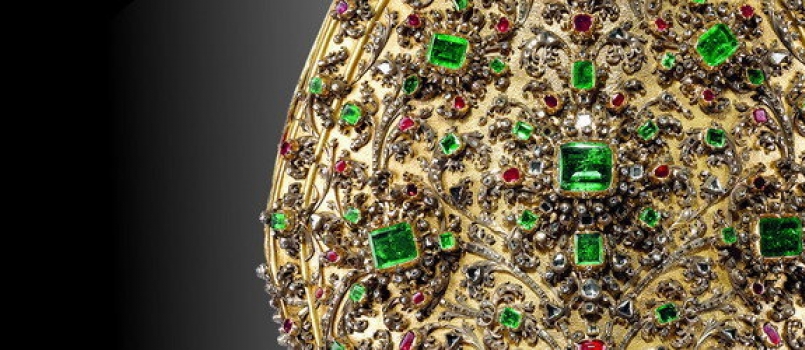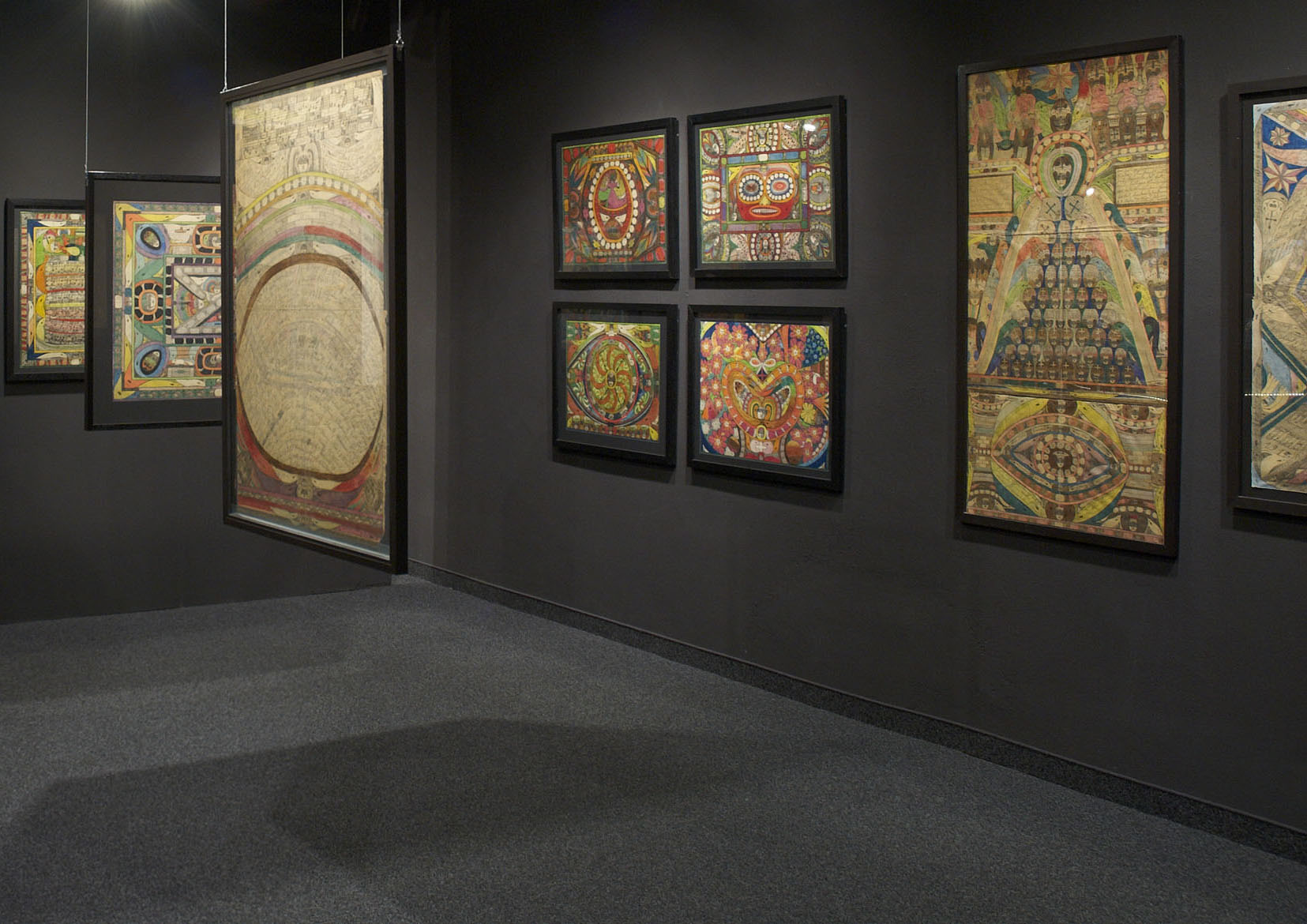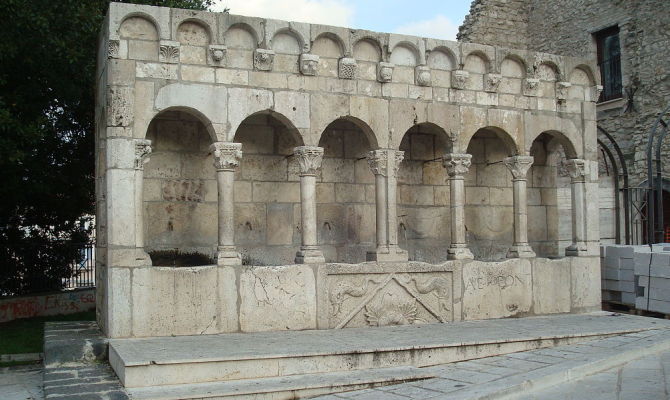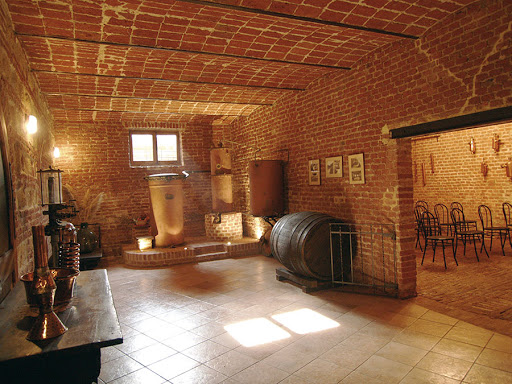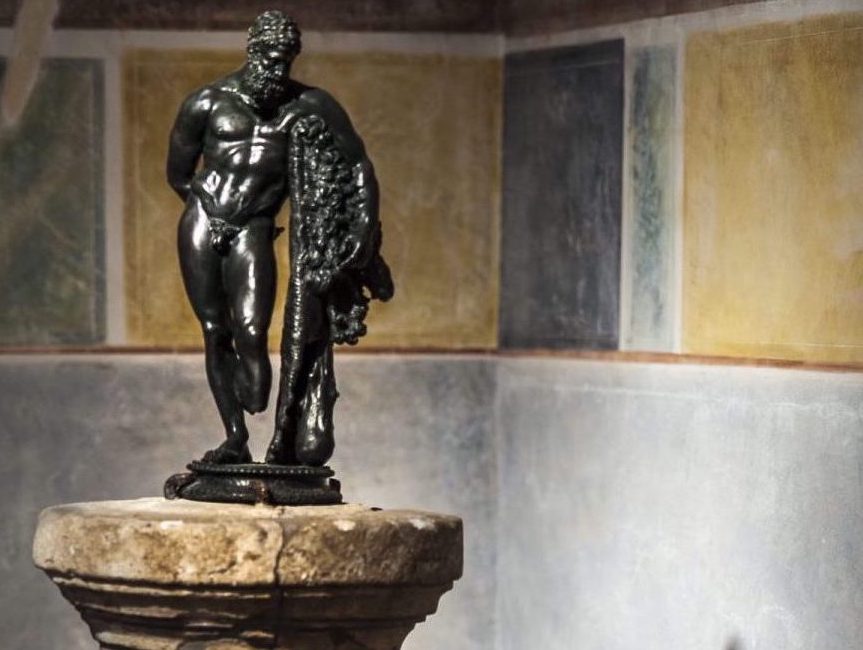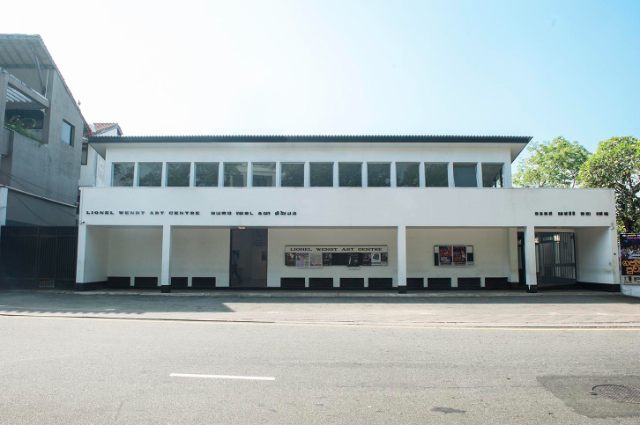The Treasure of St. Gennaro è consists of extraordinary masterpieces collected over seven centuries of donations from popes, kings, emperors, rulers, illustrious men, and ordinary people and forming part of unique and intact collections thanks to the Deputation of the Chapel of St. Gennaro, an ancient secular institution still in existence, established in 1527 by a vow of the city of Naples. Today the treasure è is on display in the Museum of the Treasure of San Gennaro, whose entrance è is next to the Naples Cathedral and the Treasure Chapel.
The treasure è consists of a series of art collections including jewelry, statues, busts, fine textiles and paintings of great value, including the jewelry that adorns the statue of the saint.
Among the most interesting pieces is an episcopal headdress (mitre) from 1713 by goldsmith Matteo Treglia, in which numerous precious stones (diamonds, rubies and emeralds) are set, and the necklace that encircles the statue’s neck.
The Mitra è composed of more than 3700 rubies, emeralds and diamonds and was intended to adorn the reliquary bust of the saint that was executed in the Angevin era; the value of the work was about twenty thousand ducats raised through subscriptions and donations involving the people, clergy, artisans, nobles and even the emperor.
The necklace of San Gennaro è probably the most precious jewel in the world. Started in 1679, with as many as thirteen large solid gold links from which crosses studded with sapphires and emeralds hang. Currently the necklace also includes other jewelry of varying workmanship and date and illustrious provenances. a cross donated in 1734 to Charles of Bourbon, a cross offered by Saxony, a three-piece ciappa with diamonds and emeralds, a cross of diamonds and sapphires from 1775 donated by Maria Carolina of Austria, a half-moon-shaped thorn from 1799 donated by the Duchess of Casacalenda, a cross of diamonds and emeralds donated by Joseph Bonaparte, a cross and a diamond and chrysolite brooch offered by Victor Emmanuel II of Savoy, and other items.
Unique in its kind is the valuable collection of silverware (about 70), which is intact, having never been tampered with due to theft and is almost entirely the work of masters of the Neapolitan school. In the Historical Archives are preserved the Bancali with which the making of part of this treasure was paid for, as well as pictorial and maintenance work on the Treasure Chapel.
